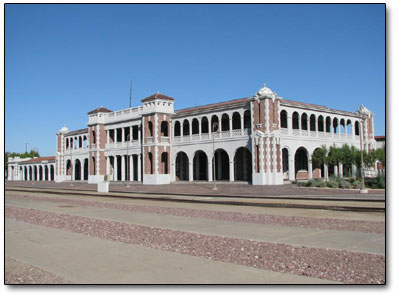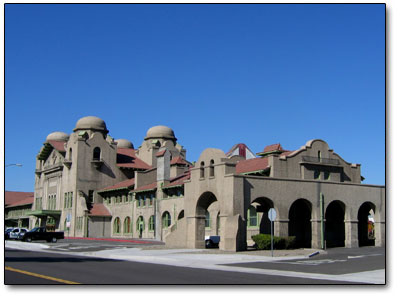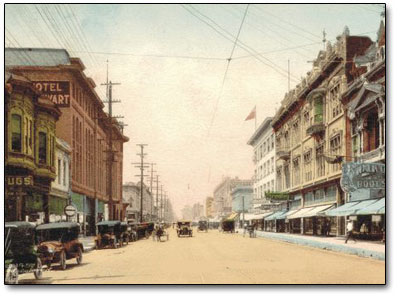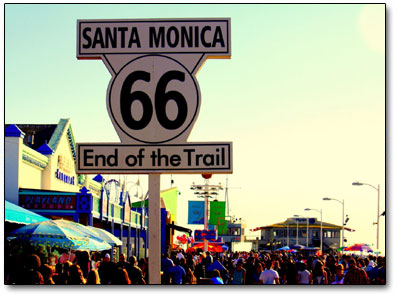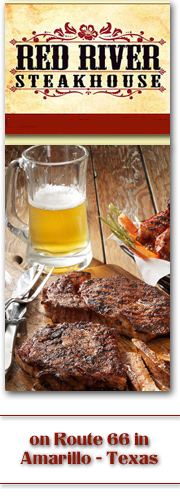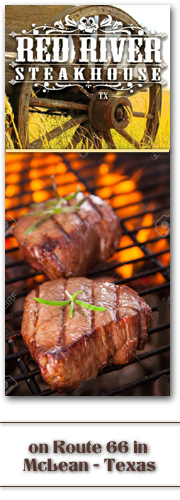
Crossing from Arizona into California the first stop on Route 66 is Needles (Mojave: ʼAha Kuloh), a city located in the Mojave Desert on the western banks of the Colorado River in San Bernardino County, California. It is located in the Mohave Valley, which straddles the California–Arizona border. The city is accessible via Interstate 40 and U.S. Route 95. Needles was named after “The Needles”, a group of pointed rocks on the Arizona side of the river. The large Mohave Native American community shares the nearby Fort Mojave Indian Reservation and the town. Needles is a gateway to the Mojave National Preserve.

